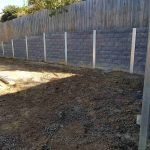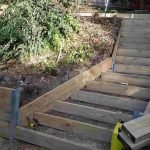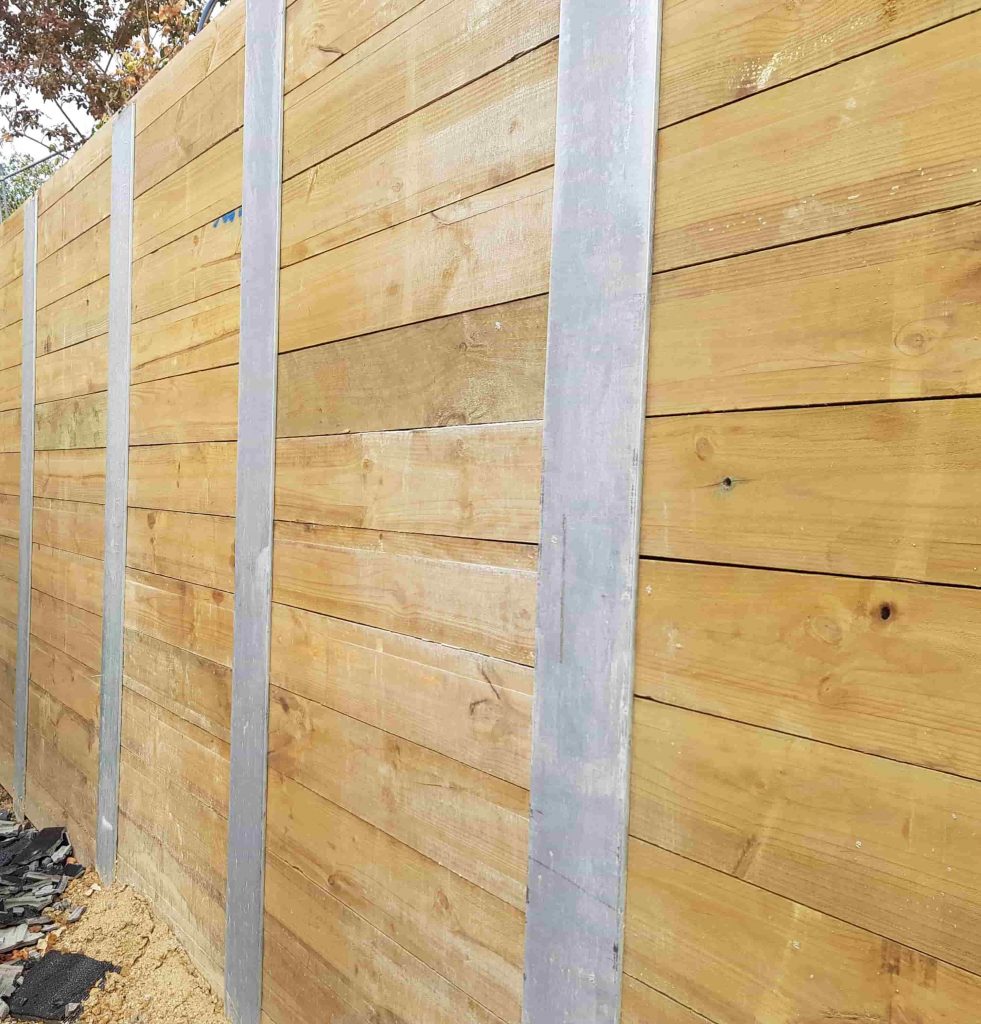
Future-Proofing Your Home with Durable Retaining Walls Built Right
Introduction
When it pertains to residential or commercial property maintenance and enhancement, among the most impactful improvements you can make is installing long lasting maintaining walls. These structures not only enhance the visual appeal of your landscape but likewise serve important functions like soil retention, erosion control, and limit meaning. As we approach an era where environment modification and extreme weather conditions pose increasing threats to our residential or commercial properties, future-proofing your home with resilient keeping walls built right ends up being important. In this comprehensive guide, we'll check out numerous types of retaining walls, products like timber sleeper and concrete sleeper choices, and the professional approaches needed for a long-lasting installation.
Understanding Keeping Walls
What Are Keeping Walls?
Retaining walls are crafted structures created to keep back soil or rock from a slope that would wear down or collapse without support. They are vital in avoiding landslides while developing flat locations in sloped landscapes. The style and products used can vary significantly depending on the desired purpose.
How Do Maintaining Walls Work?
The basic function of a retaining wall is to withstand the lateral pressure of soil or water. The effectiveness of a retaining wall depends upon its height, material retaining walls contractors composition, and total style. Future-proofing your home with durable keeping walls constructed right makes sure that these structures can hold up against both natural forces and the test of time.
Types of Retaining Walls
Gravity Walls
Gravity walls depend on their weight to resist pressure from the soil behind them. Generally made from concrete or stone, they are effective for lower heights but might require additional assistance for taller installations.
Cantilevered Walls
Cantilevered retaining walls are made from enhanced concrete and utilize leverage to hold back soil. These walls tend to be more effective than gravity walls for larger constructions.
Anchored Walls
Anchored walls utilize cables or rods that extend into the earth behind the wall to provide additional assistance against lateral forces. This option is typically used in applications needing considerable strength.
Materials Utilized in Retaining Walls
Timber Sleeper Retaining Walls
Timber sleepers are an environmentally friendly option often used for landscaping due to their natural look. However, they require treatment against termites and rot.
Advantages of Timber Sleeper Walls
- Aesthetic versatility
- Ease of installation
- Eco-friendly alternatives available
Disadvantages of Timber Sleeper Walls
- Limited life expectancy compared to other materials
- Maintenance requirements increase over time
Concrete Sleeper Retaining Walls
Concrete sleepers offer sturdiness and strength unrivaled by wood options. They're resistant to rot, pests, and weather conditions.

Benefits of Concrete Sleeper Walls
- Long-lasting durability
- Minimal upkeep required
- Stronger resistance against erosion
Drawbacks of Concrete Sleeper Walls
- Heavier than wood options, needing more effort during installation
- Less visually pleasing without extra treatment
Professional Installation: Why It Matters
Hiring Experts vs DIY Projects
While some house owners might think about a do it yourself approach to constructing retaining walls, hiring experts guarantees proper building methods are followed. Specialists have the know-how required to assess website conditions effectively.
Key Aspects Professionals Consider:
Design Factors to consider for Keeping Walls
Aesthetic Integration with Landscape Design
Your retaining wall doesn't have to be purely functional; it can likewise improve your property's aesthetics when created thoughtfully.
Drainage Solutions: Essential for Longevity
One significant factor that adds to the failure of many keeping walls is poor drainage management:
Cost Considerations
Price Variety for Numerous Materials
The expense will differ depending upon area, type of material (timber sleeper vs concrete sleeper), labor costs, etc:
|Product Type|Typical Expense per Linear Foot|| ---------------------|------------------------------|| Timber Sleeper|$10 - $20|| Concrete Sleeper|$20 - $30|| H Beam Building And Construction|$25 - $35|
Budgeting Tips for Homeowners
When budgeting for your task:
- Get multiple quotes from various contractors.
- Don't forget about covert expenses such as authorizations and drain systems.
- Allocate funds for possible future repair work or upgrades.
Maintenance Strategies
Regular Inspections
Conduct routine inspections a minimum of as soon as a year:
Repairs Before Significant Concerns Arise
Don't wait up until you see significant damage before acting:
Future Patterns in Retaining Wall Construction
Eco-Friendly Materials
As sustainability ends up being significantly vital:
Smart Innovation Integration
Imagine incorporating sensors within your retaining wall structure that alert you about modifications in wetness levels or structural shifts!
FAQs About Durable Keeping Walls
What's the best material for my climate?
Selecting between timber sleeper and concrete sleeper mostly depends upon regional weather condition patterns; moisture-rich environments favor concrete due to its toughness against rot.
How do I know if I need a professional?
If you're unsure about soil stability or local guidelines regarding height limitations, it's wise to speak with experts who focus on retaining wall construction.
Can I construct a retaining wall myself?
Yes! However, think about factors like style complexity, load-bearing requirements, and regional regulations before starting this job alone.
What's more affordable-- lumber or concrete?
In regards to in advance expenses, wood might appear less expensive at first; nevertheless, due to its shorter lifespan and higher upkeep requires over time, concrete often shows more economical long-term.
How high can I develop my retaining wall?
A lot of residential zoning laws enforce limitations; typically speaking though anything above 4 feet usually needs professional input due to safety issues including structural integrity.
Will an inadequately constructed retaining wall impact my home value?
Definitely! A stopping working structure not only postures instant risks however can also prevent prospective buyers who acknowledge inadequacies throughout inspections.
Conclusion: The Value of Building Right
In conclusion, future-proofing your residential or commercial property with resilient maintaining walls built right is vital not just for preserving visual appeal but likewise ensuring safety versus disintegration threats postured by nature's elements gradually! By thinking about various products like timber sleeper versus concrete sleeper while engaging professional services where required-- you'll be investing carefully into both instant functionality & & long-term practicality! So do not postpone any additional-- protect what matters most today!
